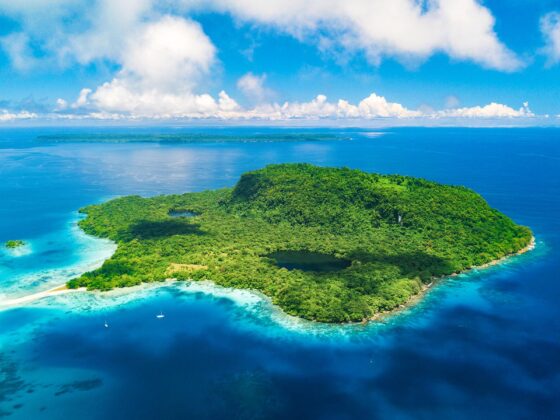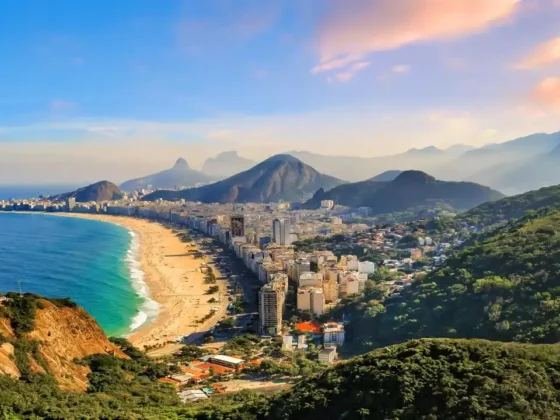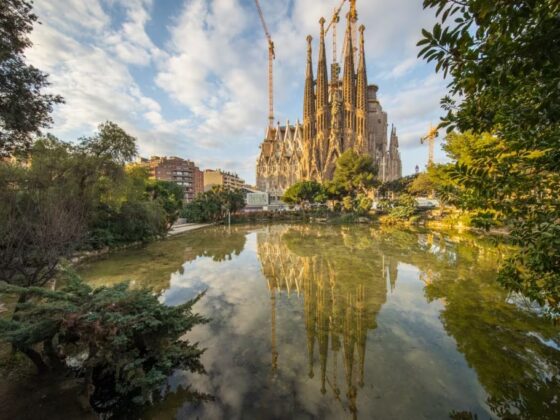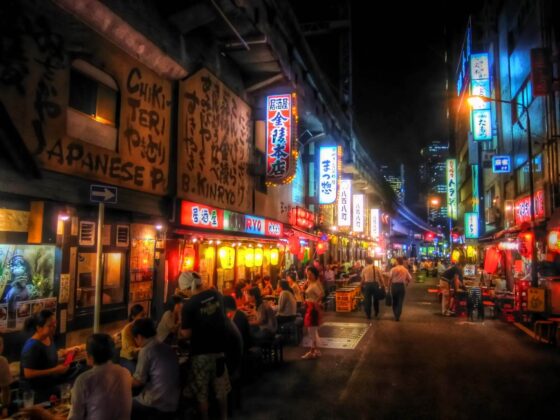One of the best ways to experience a country’s culture is through its traditional festivals. These vibrant celebrations bring history, folklore, and community spirit to life, offering unforgettable moments for any traveler. Whether it’s the rhythmic beats of a drum, the colorful costumes, or the mouthwatering street food, traditional festivals provide an intimate look into a region’s soul. If you’re looking to plan your next trip around a cultural event, here are some incredible traditional festivals from around the world that should be on your radar.
1. Diwali – India

Often referred to as the Festival of Lights, Diwali is one of the most important Hindu festivals, celebrated across India and by Indian communities worldwide. Diwali marks the victory of light over darkness and good over evil, and the festivities are marked by the lighting of oil lamps, fireworks, and the exchange of sweets.
Why you should plan around it:
- The entire country comes alive with dazzling light displays, intricate decorations, and massive firework shows.
- In Jaipur, the “Pink City” becomes even more magical as its palaces and forts are illuminated, creating an unforgettable atmosphere.
- The festival also offers a chance to experience traditional Indian food, dances, and rituals.
- Best time to visit: October or November.
2. Oktoberfest – Munich, Germany
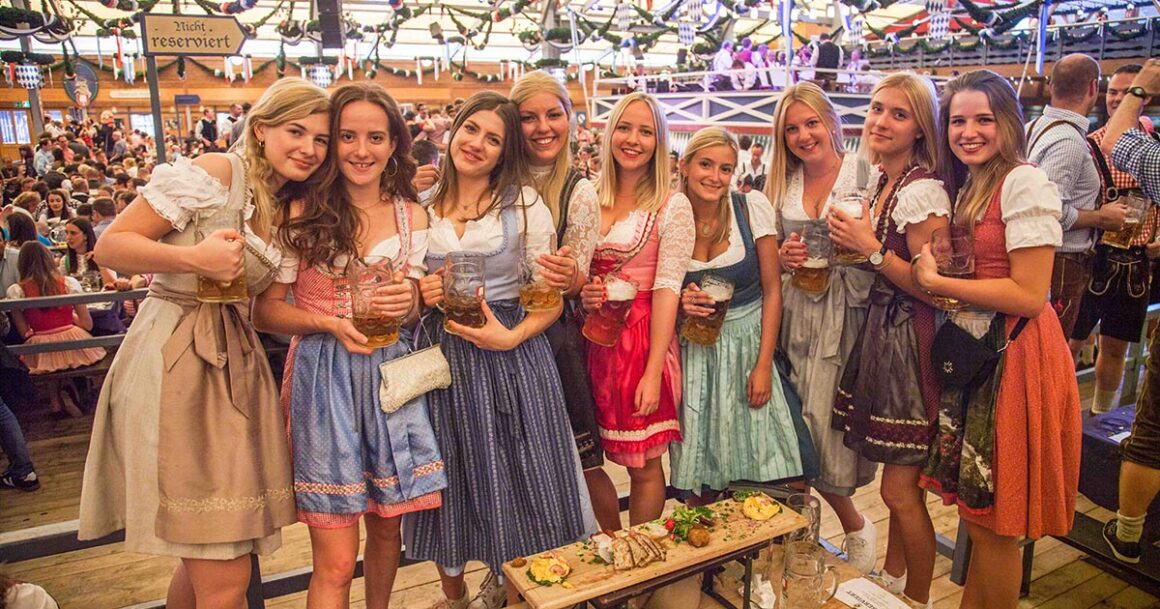
If you love beer, music, and merriment, Oktoberfest in Munich is the ultimate destination. This world-renowned beer festival is held annually in Munich, attracting millions of visitors from around the world to celebrate Bavarian culture, food, and, of course, beer.
Why you should plan around it:
- You can taste a variety of traditional Bavarian beers brewed especially for the event.
- The festival features traditional Bavarian music, dancing, and folk costumes. You’ll feel like you’ve stepped back in time as people don their lederhosen and dirndls.
- Feast on hearty German dishes such as pretzels, sausages, and roast chicken.
- Best time to visit: September to early October.
3. Carnival – Rio de Janeiro, Brazil
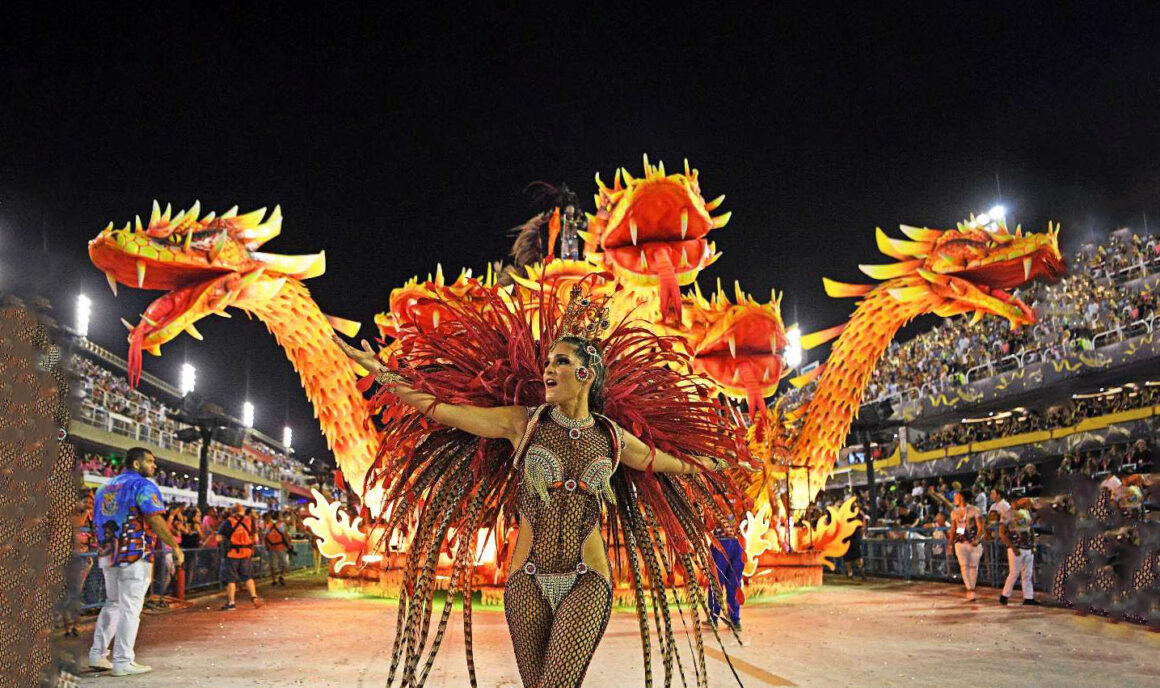
Carnival in Rio de Janeiro is arguably the most famous and largest carnival in the world. A vibrant celebration of Brazilian music, dance, and culture, the Rio Carnival is a spectacular display of samba, parades, and stunning costumes.
Why you should plan around it:
- The Samba Parade at the Sambadrome is a must-see. Witness the top samba schools compete in elaborate, colorful parades with dazzling costumes, high-energy dancers, and live music.
- You can also enjoy street parties (blocos) all around the city, where everyone, locals and visitors alike, join in dancing and singing.
- Experience the true essence of Brazilian culture with delicious street food like feijoada (a black bean stew) and caipirinhas (Brazil’s national cocktail).
- Best time to visit: February or March, depending on when Easter falls.
4. Chinese New Year – Various Locations, China
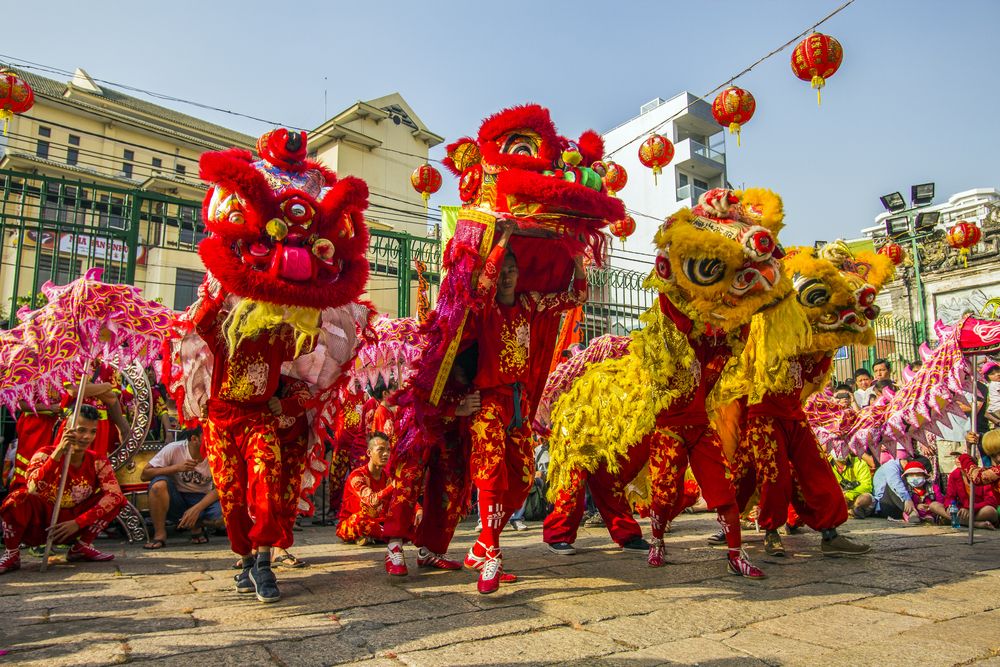
The Chinese New Year, also known as the Spring Festival, is the most important traditional holiday in China and other countries with large Chinese communities. The festival is celebrated with fireworks, dragon and lion dances, family reunions, and vibrant street parades.
Why you should plan around it:
- Experience the magic of fireworks lighting up the night sky, and participate in dragon dances performed by skilled artists in colorful costumes.
- Traditional practices, like giving red envelopes (hongbao) filled with money for good luck and wearing new clothes, symbolize a fresh start and good fortune for the year ahead.
- Cities like Beijing, Shanghai, and Hong Kong host enormous celebrations with impressive light displays, performances, and street markets.
- Best time to visit: January or February (date changes based on the lunar calendar).
5. Holi – India and Nepal
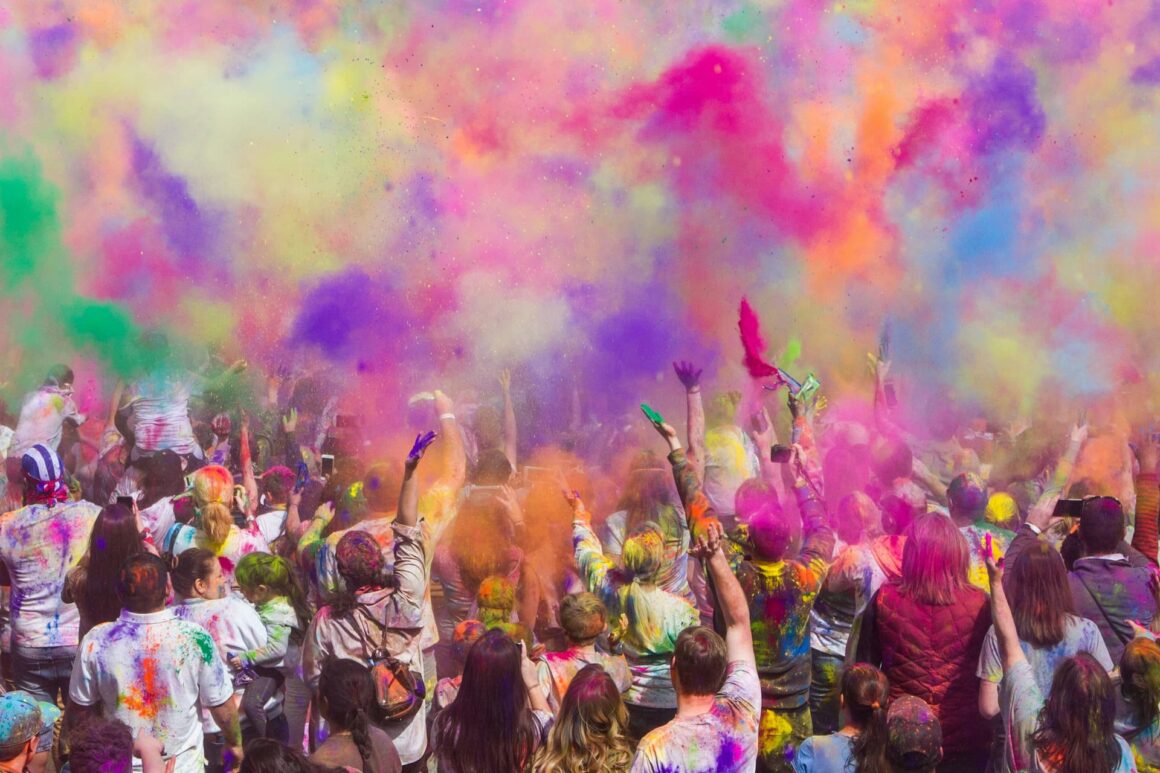
Holi, the Festival of Colors, is one of the most exuberant celebrations in India and Nepal. This festival marks the arrival of spring and the victory of good over evil. People come together to throw colored powders at each other, dance, sing, and enjoy traditional foods and sweets.
Why you should plan around it:
- The streets become a canvas of vibrant colors, and the atmosphere is filled with joy and excitement as people celebrate with family and friends.
- Mathura and Vrindavan in India are famous for their Holi celebrations, where the festivities last for days, but Delhi and Jaipur also host lively events.
- Enjoy delicious Indian sweets like gujiya and thandai (a traditional drink) that are typically prepared during the festival.
- Best time to visit: March, depending on the lunar calendar.
6. Songkran – Thailand
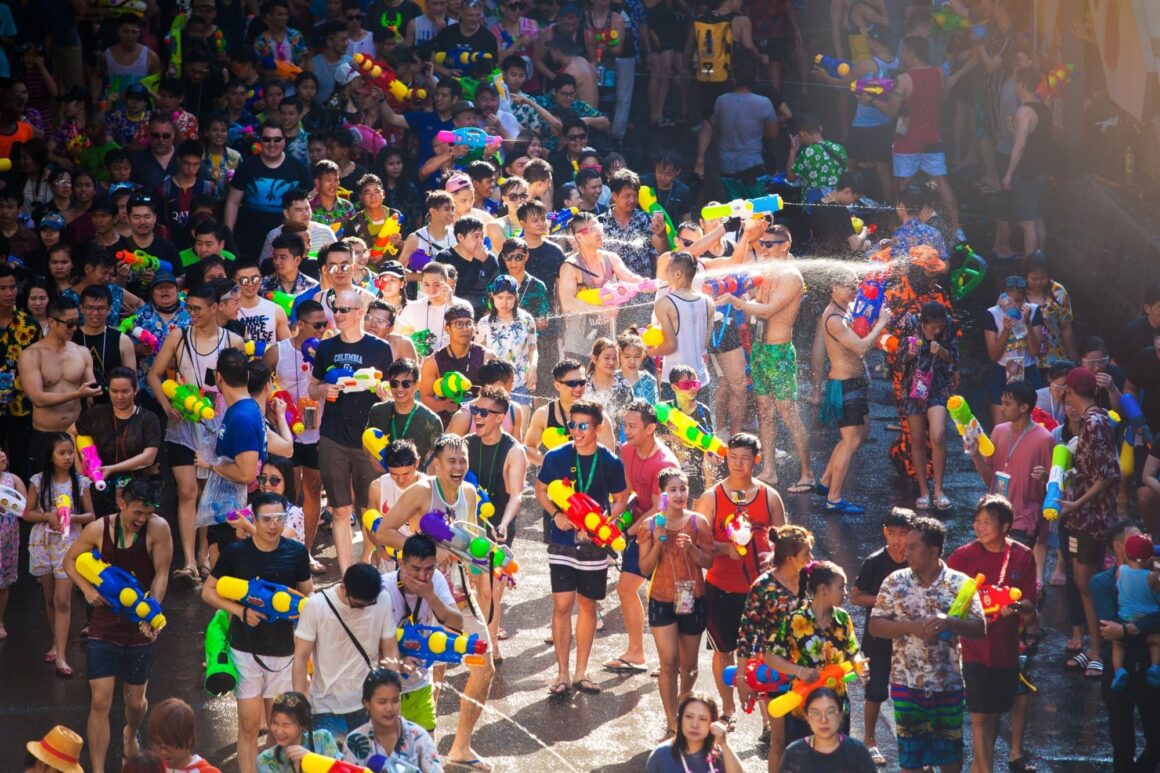
Songkran, the Thai New Year festival, is celebrated with a massive water fight that takes over the streets of cities like Bangkok, Chiang Mai, and Phuket. It’s a fun and refreshing way to experience Thai culture and customs.
Why you should plan around it:
- Get ready to get soaked as people of all ages throw water at each other in the streets. It’s a joyful celebration symbolizing the cleansing of the past year’s misfortunes and welcoming the new year with good luck and happiness.
- Songkran also includes traditional rituals such as visiting temples to pour water on Buddha statues for blessings, and family gatherings.
- The festival features traditional Thai dances, street food stalls, and unique cultural performances.
- Best time to visit: April (usually around April 13-15).
7. Day of the Dead (Día de los Muertos) – Mexico
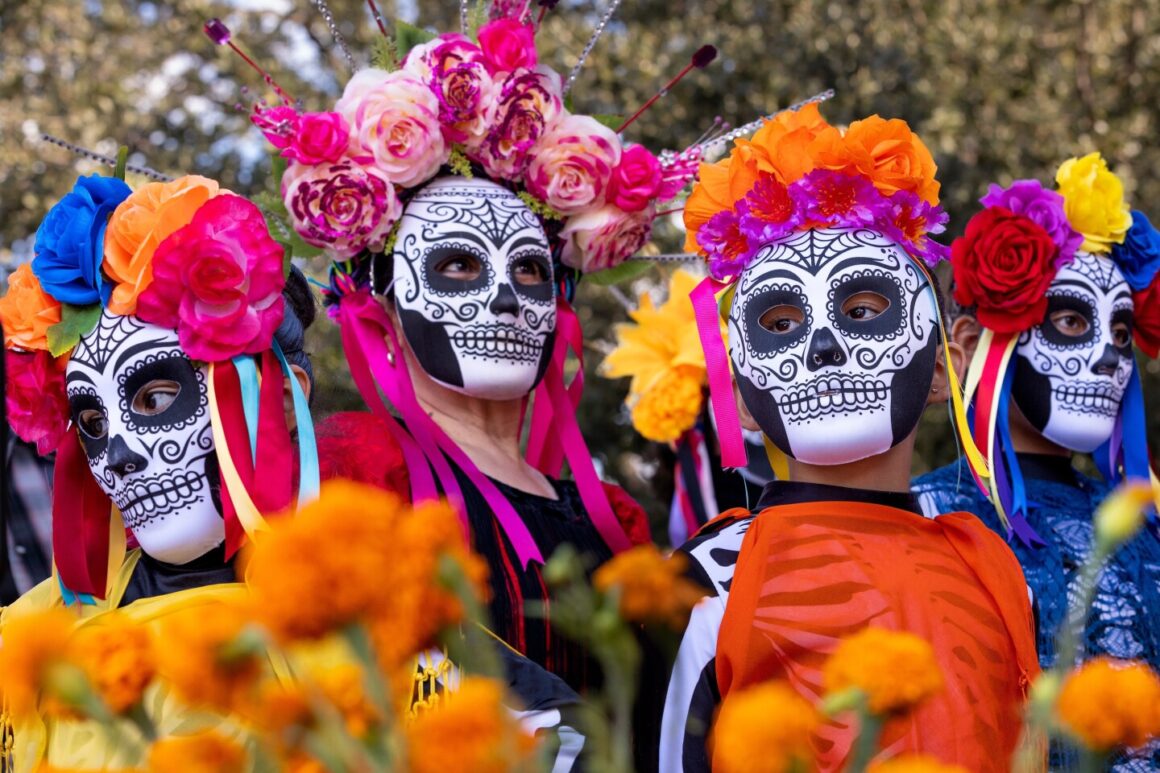
Día de los Muertos (Day of the Dead) is a colorful and joyous celebration that honors the deceased and celebrates their lives. The festival, especially vibrant in Oaxaca and Mexico City, is a perfect blend of ancient Aztec traditions and Catholic beliefs.
Why you should plan around it:
- You’ll be greeted by colorful altars, intricate sugar skulls, and vibrant marigolds—the traditional flower of the festival.
- Witness lively processions, music, and dancing as families gather to honor their loved ones, sharing stories, food, and remembering the deceased.
- Oaxaca is particularly famous for its Día de los Muertos celebrations, where you can visit local markets and participate in the festivities.
- Best time to visit: October 31 to November 2.
8. Gion Matsuri – Kyoto, Japan

The Gion Matsuri is one of Japan’s most famous and largest annual festivals, held every July in Kyoto. This month-long celebration features parades, traditional music, and stunningly decorated floats.
Why you should plan around it:
- The Yamaboko Junko parade is the highlight, with massive floats that are beautifully decorated with intricate fabrics, wooden carvings, and ornate lanterns.
- Experience traditional Japanese food, music, and dance as well as the peaceful atmosphere of Kyoto’s shrines and temples during the festival.
- The festival is a great way to witness centuries-old traditions while exploring the ancient capital of Japan.
- Best time to visit: July.
Final Thoughts
Traditional festivals are not just about celebrating; they are an opportunity to connect with local communities, experience authentic cultural practices, and create memories that last a lifetime. Whether you’re reveling in the colorful chaos of Holi, enjoying the rhythmic beats of Carnival, or being swept away by the tranquil beauty of Songkran, these festivals allow you to step into another world. So why not plan your next trip around one of these incredible cultural celebrations? You’ll not only witness something extraordinary but also gain a deeper understanding of the traditions and history that shape these vibrant places.



